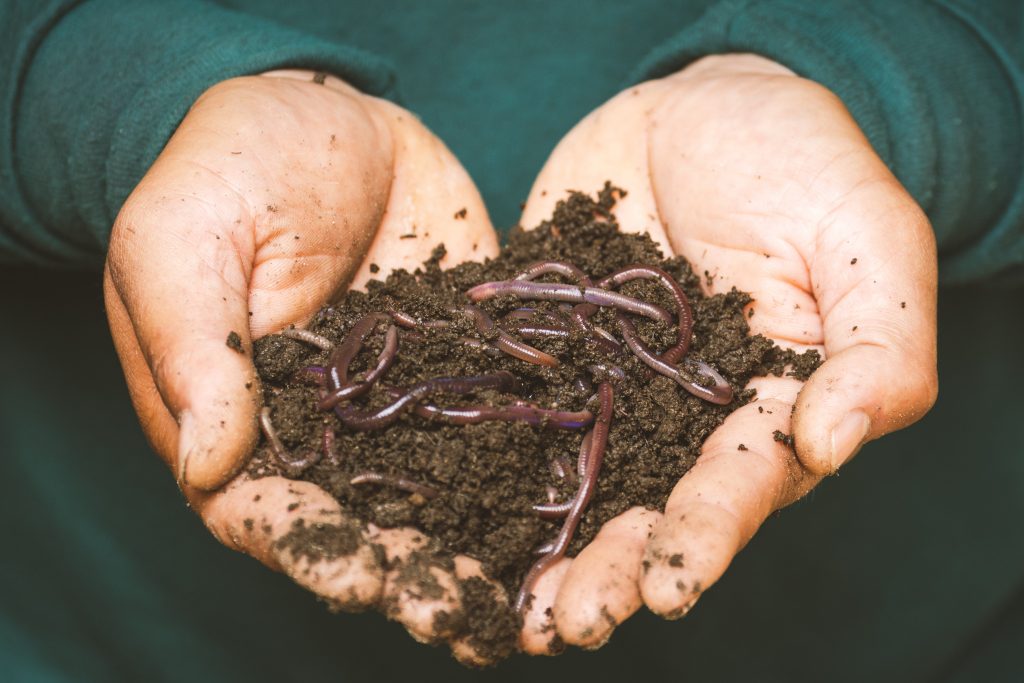
Turfgrass nematodes are a problem for many homeowners and golf course managers. These tiny pests can cause a lot of damage to lawns and playing surfaces.
In this blog post, we will discuss the life cycle of nematodes, their effects on turfgrass, and how to get rid of them. We will also provide some helpful tips on how to prevent nematode damage in the future. So read on for all things nematodes!
What Are Nematodes?
Nematodes are small, worm-like creatures that live in the soil. There are many different types of nematodes, but the ones that cause the most damage to turfgrass are called root-knot nematodes. These pests feed on the roots of grass plants, which can weaken the plant and make it more susceptible to disease.
Nematodes are most commonly found in warm, humid climates, such as in the Southeast. They are often introduced to new areas in soil or on plants that have been infested with nematodes.
The Life Cycle of Nematodes
Root-knot nematodes go through four stages in their life cycle: egg, larva, pupa, and adult. The egg stage is the longest, lasting anywhere from two weeks to two months. During this time, the nematode eggs hatch, and the larvae begin to feed on grassroots.
The larval stage lasts for about two weeks. After that, the nematodes enter the pupal stage, during which they develop into adults. The entire life cycle of a nematode can take anywhere from one month to six months depending on the temperature and moisture levels in the soil.
What Time of Year Are Nematodes Most Prevalent?
Nematodes are most active in the spring and summer months when temperatures are warm and there is plenty of moisture in the soil. However, they can also be a problem in the fall and winter, especially if nematode-infested grass clippings are left on the lawn.
How Do Nematodes Affect Turfgrass?
Nematodes cause a lot of damage to turfgrass, especially when they are present in high numbers. They can weaken the roots of grass plants, making them more susceptible to disease. Additionally, nematodes can reduce the amount of water and nutrients that your turfgrass receives. This can lead to yellowing and browning of the grass, as well as thinning and bald spots.
In severe cases, nematode damage can kill turfgrass. If you suspect that nematodes are present in your lawn, it is important to have the problem diagnosed by a professional. They will be able to determine the extent of the infestation and recommend the best course of treatment.
Positive Uses of Nematodes
Not all nematodes are bad for turfgrass. In fact, there are some species that actually help to control insect pests. These beneficial nematodes seek out and kill insects that damage turfgrass, such as grubs and chinch bugs.
How to Get Rid of Nematodes
If you suspect that nematodes are damaging your turfgrass, it is important to have the problem diagnosed by a professional. Once nematodes have been identified as the cause of the problem, there are several treatment options available, including:
-chemical nematicides
Nematicides are chemicals that kill nematodes. They are available in both granular and liquid forms.
-biological control of nematodes
Biological control of nematodes includes the use of beneficial nematodes or fungi to kill the pests.
-physical control of nematodes
Physical control of nematodes includes polarization, which is the process of using the sun’s heat to kill nematodes in the soil.
-cultural practices
Cultural practices, such as lightening watering schedules and removing infested plants, can help to reduce nematode populations.
-crop-rotation
Crop rotation is a practice that involves growing different crops in an area over time. This helps to break the life cycle of nematodes and prevent them from damaging turfgrass.
How to Prevent Nematode Damage
The best way to deal with nematodes is to prevent them from damaging your turfgrass in the first place. Some steps you can take to prevent nematode damage include:
-buying certified nematode-free planting material, such as by installing healthy sod
-cleaning equipment and clothing that has been used in infested areas before bringing it onto your property
-avoiding overwatering or compacting your turfgrass, as this can create conditions that are favorable for nematodes
–planting resistant grass species like Jamur Zoysia grass
-using sterile potting mix or soil when planting new turfgrass
-avoiding overwatering and over-fertilizing your lawn
-maintaining a thick, healthy turf canopy
Nematodes can be a big problem for turfgrass, but by following these tips, you can help prevent nematode damage.
Takeaways On Nematodes
Nematodes are tiny, unsegmented worms that can cause a lot of damage to your turfgrass. They feed on the roots of plants, which can lead to stunted growth, yellowing, and even death.
If you suspect nematode damage, it is important to have the problem diagnosed by a professional. There are a variety of treatment and prevention options available.
By following these tips above, you can help keep nematodes from causing damage to your turfgrass.
If you have any questions about which turf varieties are most resistant to nematodes or other turfgrass problems, please contact us. We are always happy to help!
